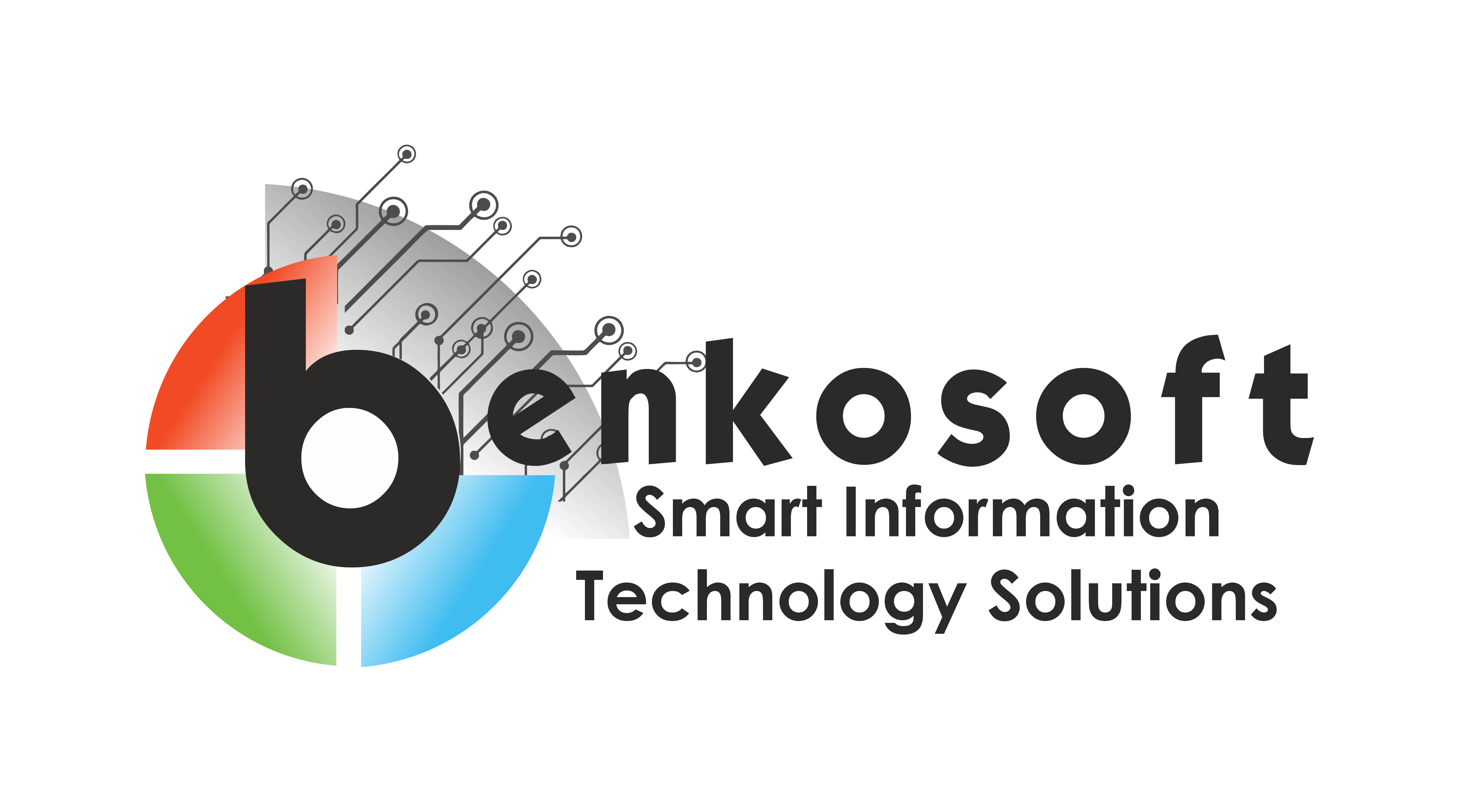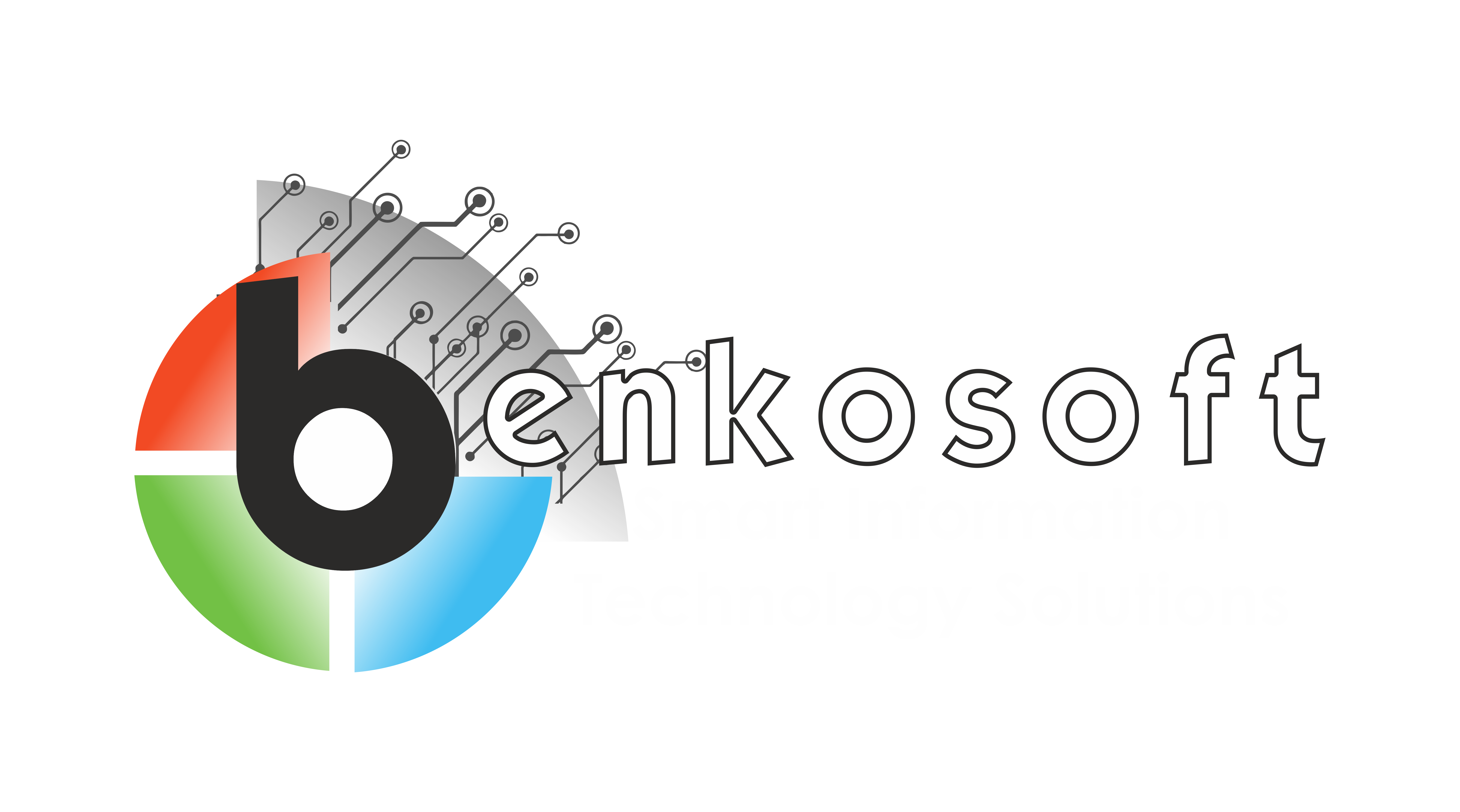Technologies
Chainer
Chainer is an open-source deep learning framework developed by Preferred Networks. It is designed to be flexible and intuitive, allowing researchers and developers to quickly prototype and deploy deep learning models. Chainer is built around the concept of “define-by-run,” which means that the structure of the neural network is defined dynamically as the program is run, rather than being defined statically before execution.
One of the key features of Chainer is its dynamic computational graph, which allows for flexible model design and easy debugging. In Chainer, the neural network is defined as a series of operations that are applied to input data, and the computational graph is built dynamically as these operations are executed. This allows for more complex and dynamic models to be built, as the structure of the graph can change based on the input data.
Chainer also provides a wide range of built-in functions and utilities for building and training neural networks. These include common neural network layers such as convolutional and recurrent layers, as well as optimization algorithms such as stochastic gradient descent (SGD) and Adam. Chainer also provides tools for data loading, model evaluation, and visualization, making it easy to work with complex deep learning models.
Another key feature of Chainer is its support for distributed computing. Chainer allows for easy parallelization of deep learning tasks across multiple GPUs or even multiple machines, which can significantly reduce training times for large datasets.
Chainer is also known for its user-friendly API and extensive documentation, which make it easy for developers to get started with deep learning. The Chainer community is also very active, with many developers contributing to the framework and providing support to others.
Overall, Chainer is a powerful and flexible deep learning framework that is well-suited for researchers and developers looking to build and deploy complex neural network models. Its dynamic computational graph, support for distributed computing, and user-friendly API make it a popular choice among the deep learning community.

